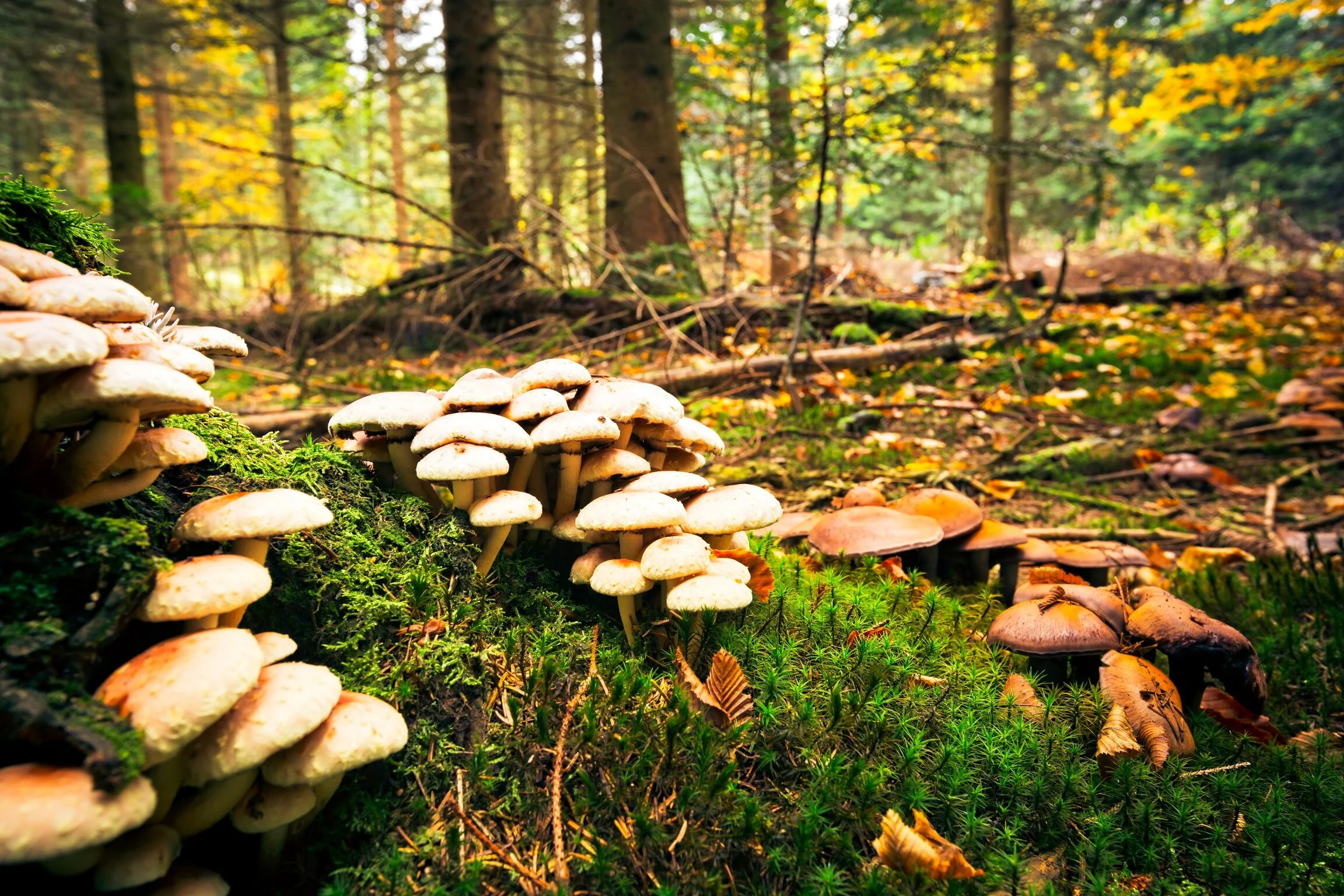Two plants of the same species grow side by side. One is attacked by insects, one not. On an individual plant, some leaves get eaten, some not. This doesn’t happen at random, but is caused by the fungi that live within the leaves and roots of the plant.
How ‘Snowball Earth’ volcanoes altered oceans to help kickstart animal life
Revealed: how giant icebergs breathe life into remote oceans
As giant icebergs bob across the open seas they leave behind a trail of nutrient-rich meltwater, sparking new life in the world’s remotest and least hospitable oceans. This in turn means more carbon is taken from the atmosphere and stored below the waves. Massive icebergs may be a symptom of climate change – but they can also help keep it in check.
Why we should learn to love all insects – not just the ones that work for us
Insects, which include more than a million described species, represent roughly two-thirds of the biodiversity on Earth. But they have a big PR problem – many think of insects as little more than crop-eating, disease-carrying jumper-munchers. But in reality, species fitting this bill are but a tiny part of an enormous picture.
How the cat got its coat (and other furry tails)
Our prettiest pollutant: just how bad are fireworks for the environment?
The bangs and fizzes of fireworks are rapidly replacing the chimes of Big Ben as the defining sound of New Year’s Eve celebrations in London, while around the world, city landmarks are becoming stages for increasingly spectacular pyrotechnic displays. Since the millennium, the popularity of fireworks has even extended into back gardens, where smaller fireworks or sparklers are lit up at the stroke of midnight.
Animals are evolving faster than you think – here’s the living proof
We want to build tiny backpacks for bees – here’s why
An exciting attempt to help honey bees has come about thanks to an unlikely intellectual marriage. One of us is an ecologist who wants to keep an eye on individual bees over their entire two to three-mile range and monitor their behaviour. The other is an expert in micro-electronics. Together, we want to develop miniature bee “backpacks” that will power tracking devices by harvesting the energy honey bees generate while flying and visiting flowers.
Six things you can do with coffee – after you’ve finished drinking it
Many of us depend on coffee to fuel our early morning meetings, mid-afternoon slumps or all-night study sessions. These days, the words “coffee” and “fuel” are half-jokingly synonymous. More than 9m tonnes of the bean are produced annually around the world and, once we brew it, an awful lot of waste is created. The vast majority ends up in landfill.
The hidden killer in your home – and how to avoid it
Seven spectacular weather events – and what causes them
Why cats are fussy eaters but dogs will consume almost anything
Anyone who’s watched a cat throwing up after munching on grass knows that our feline friends aren’t natural plant eaters. So you might be surprised to discover that these carnivorous animals share some important genes that are more typically associated with herbivores. And this might help explain why cats aren’t always easy to please when it comes to food.
Meet the Lazarus creatures – six species we thought were extinct, but aren’t
Ice ‘lightning’ may have helped life survive Snowball Earth
The ice sheets and glaciers that extend over roughly 11% of the Earth’s land mass are home to a surprisingly abundant source of life. Sections of liquid water beneath and inside the ice provide a habitat for a genetically diverse variety of microbes. And studying these organisms gives us some clue what life may have looked like if there were indeed periods of the planet’s history when the land was entirely covered in ice for millions of years.
The universe’s most miraculous molecule
It’s the second most abundant substance in the universe. It dissolves more materials than any other solvent. It stores incredible amounts of energy. Life as we know it would not be possible without it. And although it covers more than 70% of the Earth’s surface, many parts of the world are in dire straits for lack of it. What is it?







